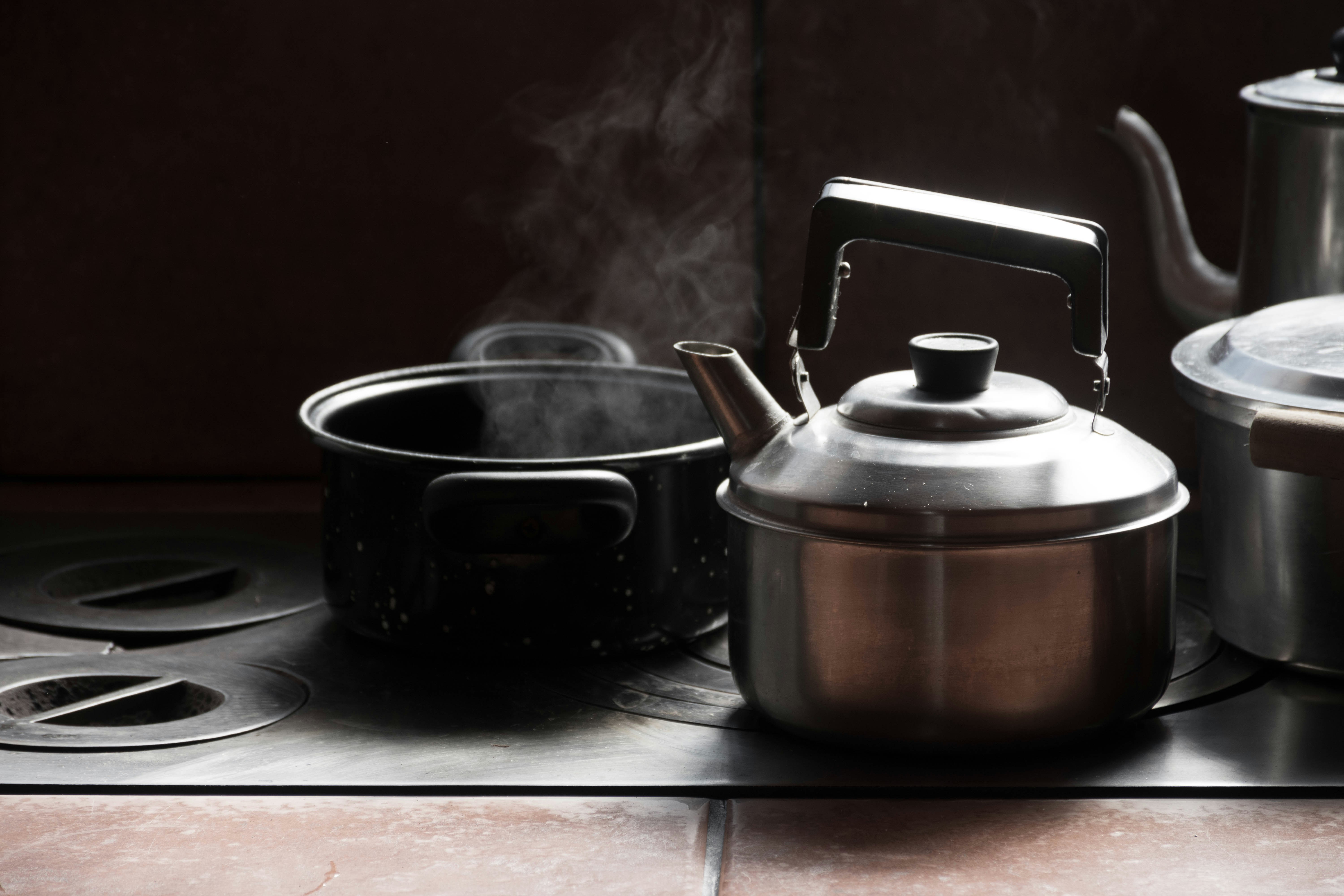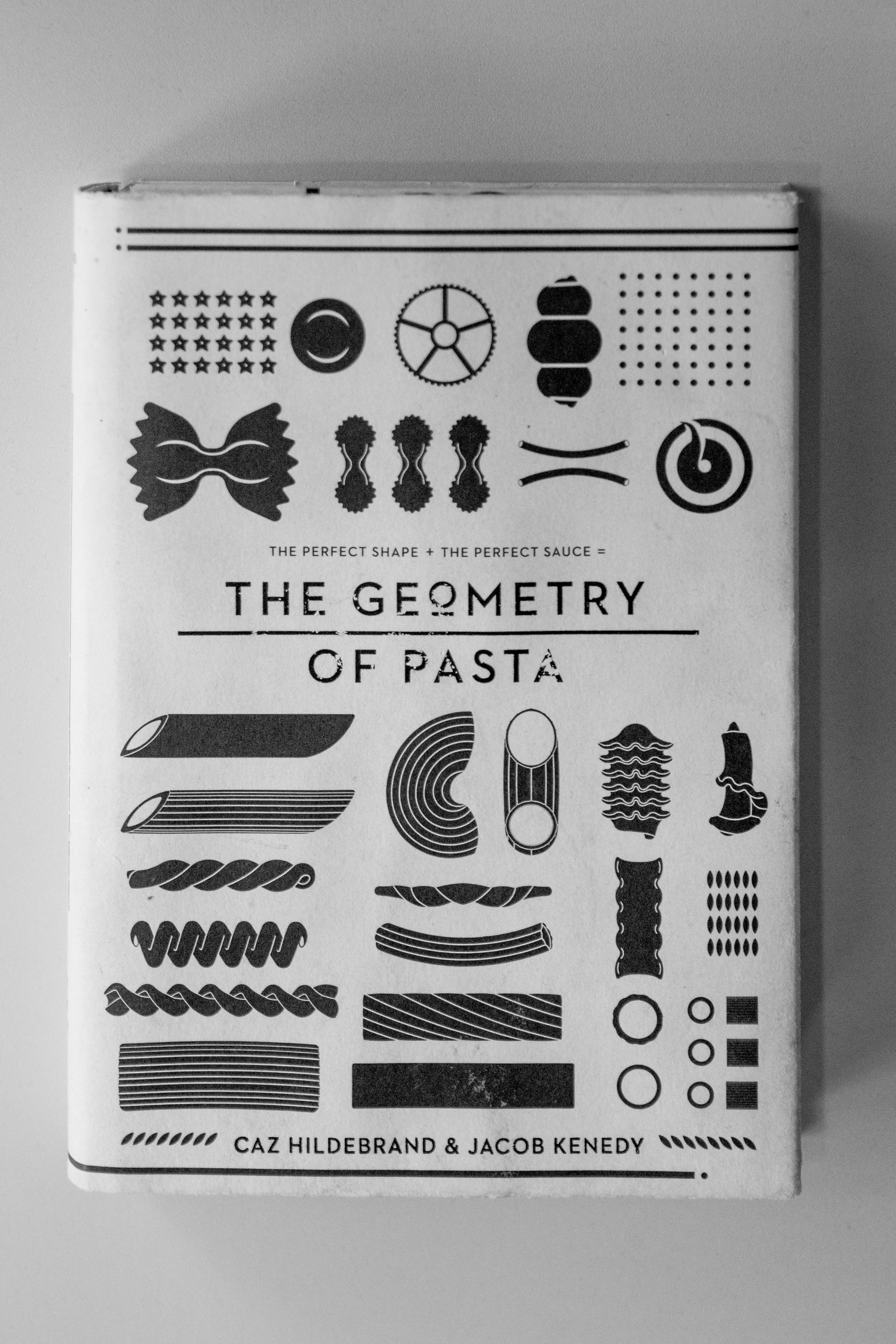Transform Your Cooking: Sonic Seasoning and Flavor in the Kitchen
Have you ever experienced a dish that sings with flavor, its every note in perfect harmony? Enter the intriguing world of sonic seasoning, where sound frequencies elevate your cooking experience and create culinary masterpieces that tantalize both your palate and your senses. In the exhilarating fusion of food and sound, chefs and home cooks alike are discovering uncharted realms where taste, sound, and creativity collide, leading to a culinary revolution that modern kitchens are embracing.
As we delve into the relationship between sound and flavor, we will explore how sonic seasoning can transform your cooking and enhance your appreciation of food. From the science behind how sound waves influence taste to practical tips on how to incorporate sonic seasoning in your meals, this article is your comprehensive guide to adding a new dimension to your culinary repertoire.
The Science Behind Sonic Seasoning

While it might seem like a novel concept, the relationship between sound and food is deeply rooted in our sensory experience. Research has shown that certain frequencies can enhance or diminish flavors, altering the way we perceive taste. An interesting study from the Journal of the Acoustical Society of America highlights that high-frequency sounds can amplify sweet flavors, while low frequencies may enhance bitter notes.
This phenomenon is attributed to how our brain interprets sound in conjunction with taste. Imagine hearing a soft symphony while savoring a delicate dessert: the music not only soothes your soul but also elevates the sweetness of the dish. Conversely, a heavy bass line can evoke deeper flavors that might otherwise go unnoticed. By leveraging the power of sound, you can embrace a fully immersive dining experience where your meals resonate with flavor.
How to Utilize Sonic Seasoning in Your Kitchen

Incorporating sonic seasoning into your cooking doesn’t require a degree in sound design or a fancy audio system. Here are simple yet effective ways to get started:
1. Curate Your Cooking Playlist

Create a playlist that complements the mood of the meal you are preparing. For example, if you’re whipping up a light salad, opt for soft jazz or classical music to enhance the freshness of the ingredients. On the other hand, heartier dishes like stews or roasted meats might benefit from some rhythmic world music to vibrate through the flavor profile.
2. Experiment with Frequency Manipulation

Consider using apps or devices that generate specific sound frequencies while cooking. For example, specific high-frequency notes might amplify the sweetness in your sauces or desserts. Play around with different sounds and track how they can elevate flavors in distinct dishes.
3. Engage All Your Senses

Embrace a holistic cooking experience by combining visual elements, like plating techniques, with sound. Creating an awe-inspiring dish with an accompanying auditory backdrop can enhance not just the flavor but the overall dining experience.
For more ways to engage your senses in the kitchen, check out our exploration of cooking with touch, texture, and sound.
The Intersection of Music and Culinary Arts

Building on the idea of sonic seasoning, musicians and chefs have been collaborating to create unique dining experiences that transcend traditional cooking methods. Imagine attending a dinner party where each course is paired with a live musical performance, skillfully crafted to enhance the flavors of the meal.
An excellent example is the Michelin-starred restaurant El Celler de Can Roca, where chefs work in conjunction with sound engineers to tailor the dining experience. The restaurant has explored combining musical elements with specific dishes to elevate flavors in ways that are truly unforgettable.
Sonic Seasoning Techniques to Try at Home

Let’s get practical—here’s how you can apply sonic seasoning techniques to your next meal:
1. Pairing Sounds with Ingredients

Certain ingredients resonate better with particular styles of music or sound. For instance, fresh herbs like basil and mint might harmonize well with light acoustic guitar melodies, while rich dishes like chocolate desserts could benefit from deep electronic beats to bring out the richness.
2. Sound-enhanced Cooking

As you cook, play specific frequencies or carefully curated playlists. When reducing sauces, the accompanying sounds can enhance your awareness of where the flavors are heading. Do you feel that certain notes raise your cooking game's ante? Keep experimenting until you find what resonates with you!
Real World Experiences with Sonic Flavor
When it comes to sonic seasoning, it’s not just theory—chefs everywhere are implementing these techniques to create remarkable culinary experiences. For example, Chef Heston Blumenthal incorporates sound into his "Sound of the Sea" dish at The Fat Duck, where diners listen to ocean waves while enjoying seafood, deepening their sensory engagement with the meal.
The feedback from diners highlights how the sound transforms the tasting experience, immersing patrons in a realm where flavors and sounds align perfectly. It’s a resounding reminder that our experience of food can be just as much about the atmosphere and backdrop as it is about the ingredients themselves.
The Emotional Connection to Food
Emphasizing the emotional layers of cooking, sound has the power to evoke memories and feelings related to food. Many home cooks have personal songs tied to cherished moments spent in the kitchen, evoking nostalgia that translates into flavor. By consciously incorporating sound, you can elevate not only your cooking but also your connection to the meals you prepare.
For a deeper dive into how you can connect food with emotional experiences, read about food inspired by music and memories.
Expanding Culinary Horizons: Global Flavors and Sonic Soundscapes
As you experiment with sonic seasoning, consider exploring global cuisine through a sound lens. Integrating local music from the culture of a certain dish can enhance your appreciation and understanding of the flavors. Cooking a Thai curry? Listen to traditional Thai music as you prepare the meal to feel the rhythm of the cuisine.
Try pairing your next kitchen adventure with the sounds of street vendors through a global street food playlist. The vibrant energy of the tunes can inspire exciting flavors and transformative experiences at home. For more flavor inspiration, check out our piece on global street food inspirations for ideas on culinary exploration.
Next Steps: Harnessing Sonic Seasoning at Home
Ready to delve into the world of sonic seasoning and uplift your culinary skills? Here are actionable steps you can take:
- Create an experience: When preparing your next meal, curate a playlist tailored to the dish you're cooking.
- Experiment: Try cooking with sound frequencies, exploring how they alter the flavors of your dishes.
- Engage: Make your dining experience more immersive; whether it’s through music or conversation, ignite all five senses during meals.
By embracing these techniques, you can begin to tap into the vast potential that sound has to offer in the food and cooking landscape. This is not just a novel trend; it's an innovative way to rethink how we experience our meals.
Final Thoughts
Sonic seasoning invites you to reimagine your kitchen as a canvas of creativity, allowing sound to enhance your cooking journey. The relationship between sound and taste not only highlights the nuances of flavor but also cultivates an engaged and enriched cooking experience. So, get those tunes flowing and let the sound waves infuse your next meal with vibrant flavors that resonate far beyond what you can imagine.



